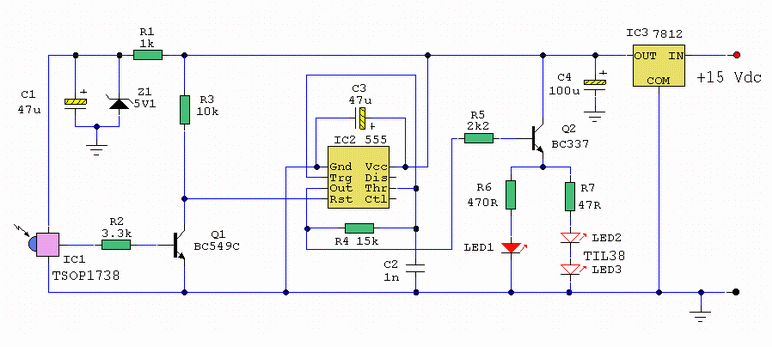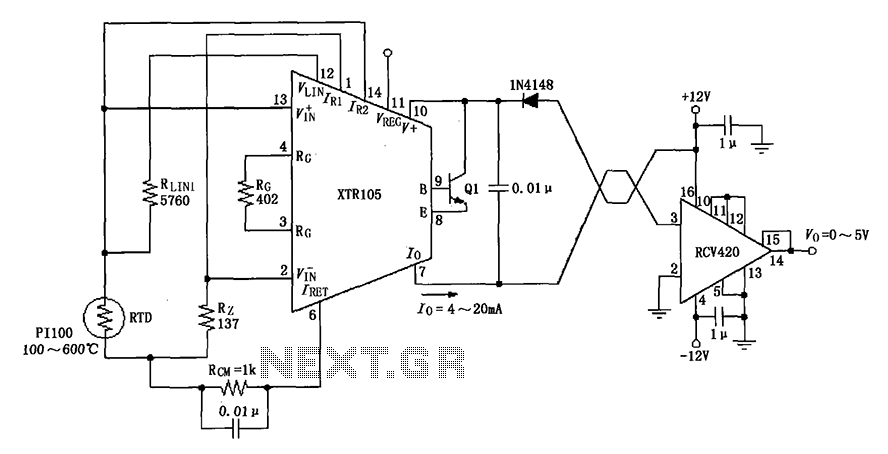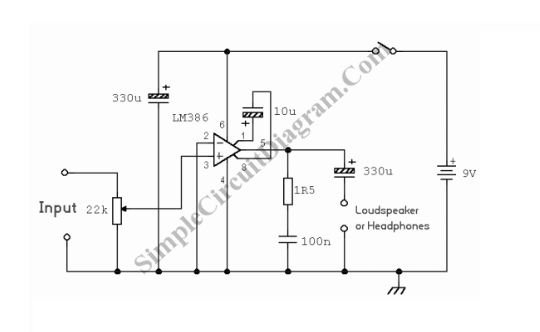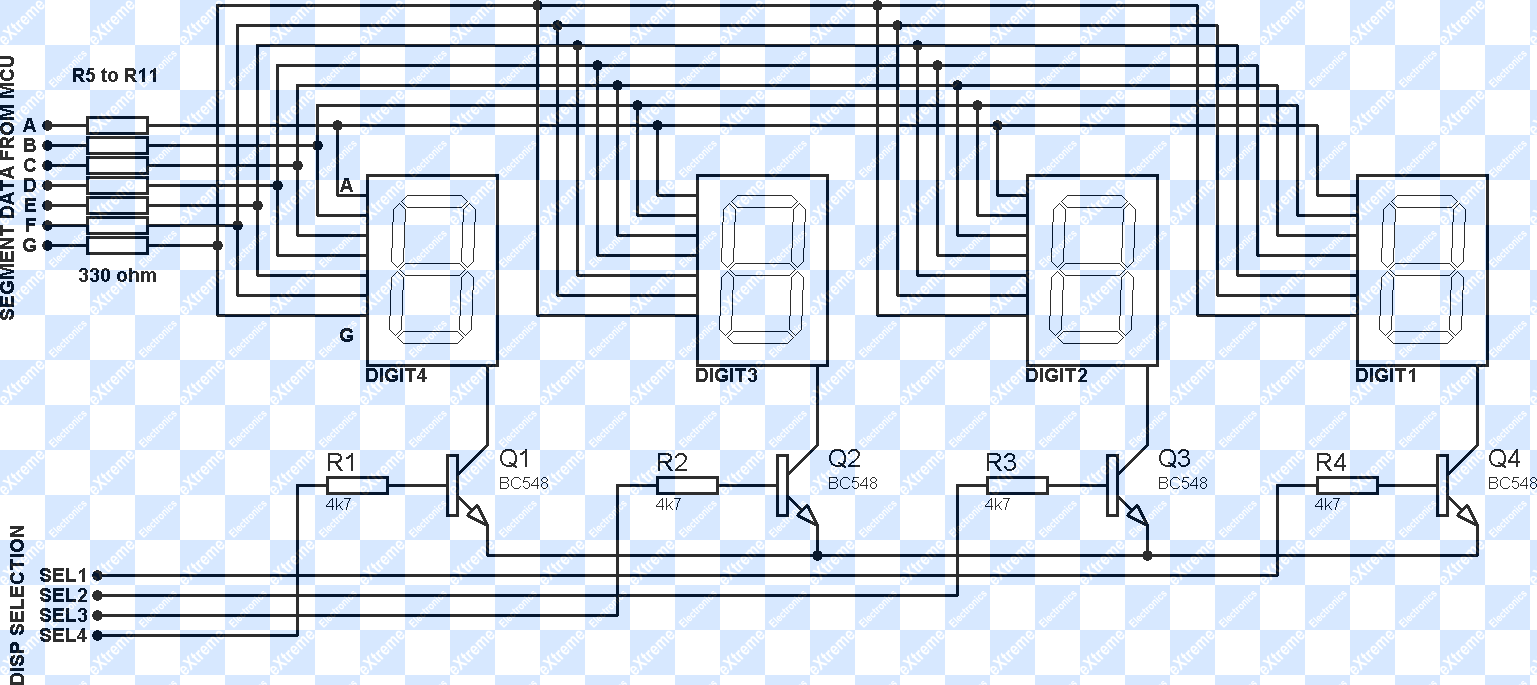
Floodlamp power control
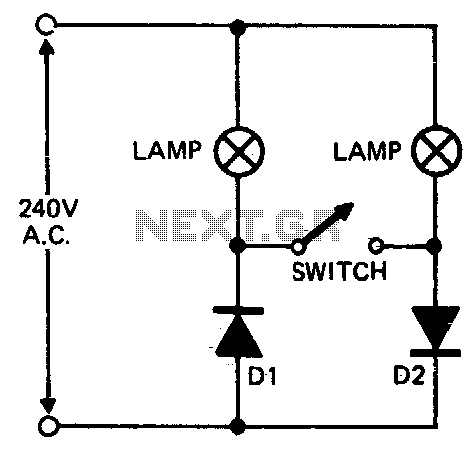
When setting up photographic floodlamps, it is sometimes desirable to operate the lamps at lower power levels until actually ready to take the photograph. The circuit allows the lamps to operate on half-cycle power when the switch is open and full power when the switch is closed. The diodes D1 and D2 should have a 400-volt peak inverse voltage (PI-V) rating at 5 amps.
The described circuit is designed for controlling the power output to photographic floodlamps, providing flexibility in operation mode. In the open switch state, the circuit operates in half-cycle mode, effectively reducing the power supplied to the lamps. This is particularly useful during setup, allowing users to adjust positioning and lighting without exposing the photographic subject to full intensity light. When the switch is closed, the circuit transitions to full power mode, enabling the floodlamps to emit their maximum brightness for the actual photography.
The circuit employs two diodes, D1 and D2, which are critical for rectifying the AC supply to the floodlamps. The specified diodes must have a peak inverse voltage (PI-V) rating of at least 400 volts to withstand the voltage spikes that may occur in the circuit. Additionally, they should be rated for a forward current of 5 amps to ensure they can handle the operational current without overheating or failing.
The switch used in the circuit should be rated for the same voltage and current levels to ensure safe operation. The design may also include fuses or circuit breakers to protect against overload conditions. Proper heat dissipation measures, such as heat sinks for the diodes, may be necessary to maintain reliability and longevity of the components.
Overall, this circuit design provides a practical solution for photographers requiring control over their lighting setup, ensuring both versatility and safety during the operation of high-intensity floodlamps.When setting up photographic floodlamps, it is sometimes desirable to operate the lamps at lower power levels until actually ready to take the photograph. The circuit allows the lamps to operate on half cycle power when the switch is open, and full power, when the switch is closed
The diodes D1 and D2 should have a 400 volt PI-V rating at 5 amps.
The described circuit is designed for controlling the power output to photographic floodlamps, providing flexibility in operation mode. In the open switch state, the circuit operates in half-cycle mode, effectively reducing the power supplied to the lamps. This is particularly useful during setup, allowing users to adjust positioning and lighting without exposing the photographic subject to full intensity light. When the switch is closed, the circuit transitions to full power mode, enabling the floodlamps to emit their maximum brightness for the actual photography.
The circuit employs two diodes, D1 and D2, which are critical for rectifying the AC supply to the floodlamps. The specified diodes must have a peak inverse voltage (PI-V) rating of at least 400 volts to withstand the voltage spikes that may occur in the circuit. Additionally, they should be rated for a forward current of 5 amps to ensure they can handle the operational current without overheating or failing.
The switch used in the circuit should be rated for the same voltage and current levels to ensure safe operation. The design may also include fuses or circuit breakers to protect against overload conditions. Proper heat dissipation measures, such as heat sinks for the diodes, may be necessary to maintain reliability and longevity of the components.
Overall, this circuit design provides a practical solution for photographers requiring control over their lighting setup, ensuring both versatility and safety during the operation of high-intensity floodlamps.When setting up photographic floodlamps, it is sometimes desirable to operate the lamps at lower power levels until actually ready to take the photograph. The circuit allows the lamps to operate on half cycle power when the switch is open, and full power, when the switch is closed
The diodes D1 and D2 should have a 400 volt PI-V rating at 5 amps.

